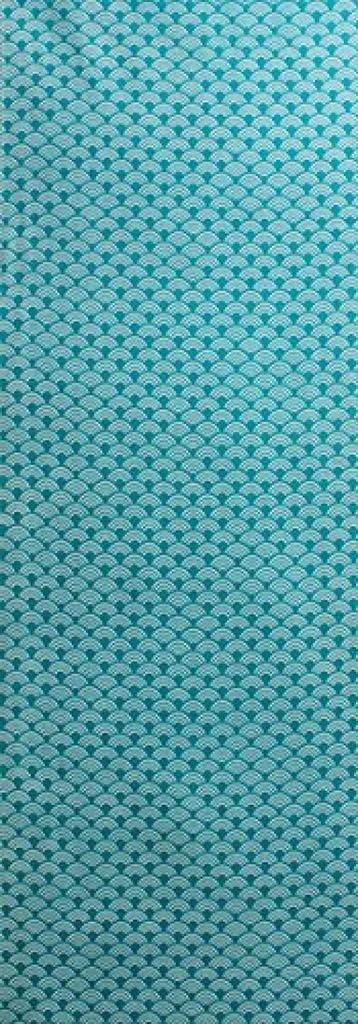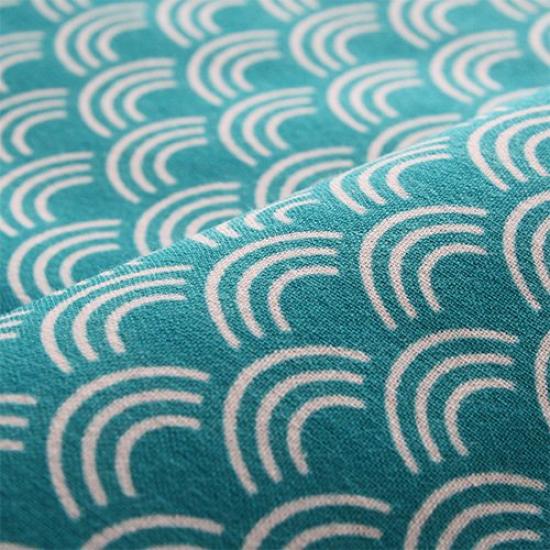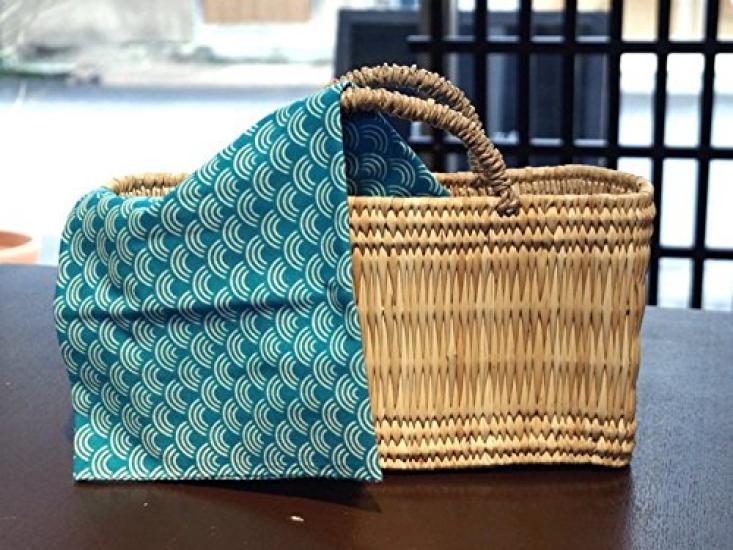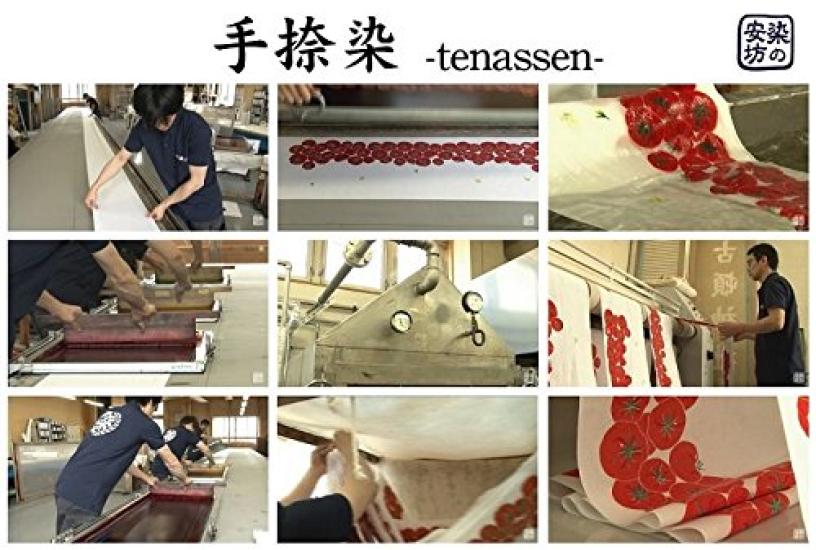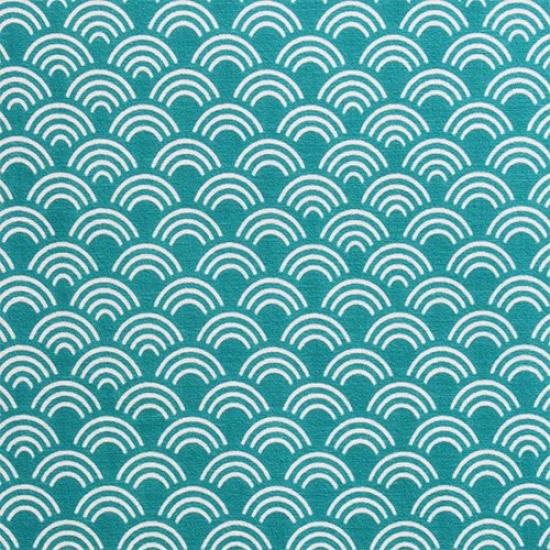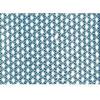----------------------------------------------------------------------
【Cautions for using electrical products】
When using electrical appliances, please note that the voltage is different from that of Japan, which may cause malfunctions.
Since the plug type is Japan type(A or B type), please check the voltage and use a transformer.
Please note that a transformer is different from a conversion adapter.
We are not responsible for malfunctions caused by use without a transformer.
【Voltage Compatibility】
When using electrical appliances, please note that they are designed for Japanese voltage specifications (90-110V), so if you use them with a different voltage, it may cause a malfunction.
【Plug Type】
Our products use Japanese plug types (A or B type).
Please use a conversion adapter if necessary.
【Important Note on Transformers and Adapters】
A transformer adjusts voltage to match your device’s requirements.
A conversion adapter only changes the plug shape and does not adjust voltage.
Using only a conversion adapter without a transformer may result in damage to the product.
【Liability】
We are not responsible for malfunctions or damages caused by improper use, such as operating the product without a transformer.
----------------------------------------------------------------------
This classic pattern, long beloved by the common people of Asakusa, has been dyed in the trendy colors of the Edo period. The endless wave pattern is enduringly popular as an auspicious design, symbolizing prosperity of descendants and a long, healthy life. It is said to have been derived from the title of a gagaku piece. It is perfect for life celebrations (weddings, 60th birthdays, etc.). It can also be used for any occasion, such as a lap blanket during dinner parties. Light blue is one of the 48 shades of tea and 100 shades of gray. It means the color of pale green onion leaves, and is a representative pale blue color of indigo dyeing. It became popular among common people during the Edo period, and was used by the Shinsengumi (military corps) for their haori (Japanese haori) at the end of the Edo period.
The fabric is dyed by artisans at a domestic dyeing factory.
Like traditional tenugui towels, both ends are left uncut.
It can be enjoyed as interior décor by hanging it on a hanging rod or in a frame. It is also suitable as a kendo towel as it is 100cm long.
Please note that the color on your monitor may differ from the actual color.
This classic pattern, long beloved by the common people of Asakusa, has been dyed in the trendy colors of the Edo period. The endless wave pattern is enduringly popular as an auspicious design, symbolizing prosperity of descendants and a long, healthy life. It is said to have been derived from the title of a gagaku piece. It is perfect for life celebrations (weddings, 60th birthdays, etc.). It can also be used for any occasion, such as a lap blanket during dinner parties. Light blue is one of the 48 shades of tea and 100 shades of gray. It means the color of pale green onion leaves, and is a representative pale blue color of indigo dyeing. It became popular among common people during the Edo period, and was used by the Shinsengumi (military corps) for their haori (Japanese haori) at the end of the Edo period.







